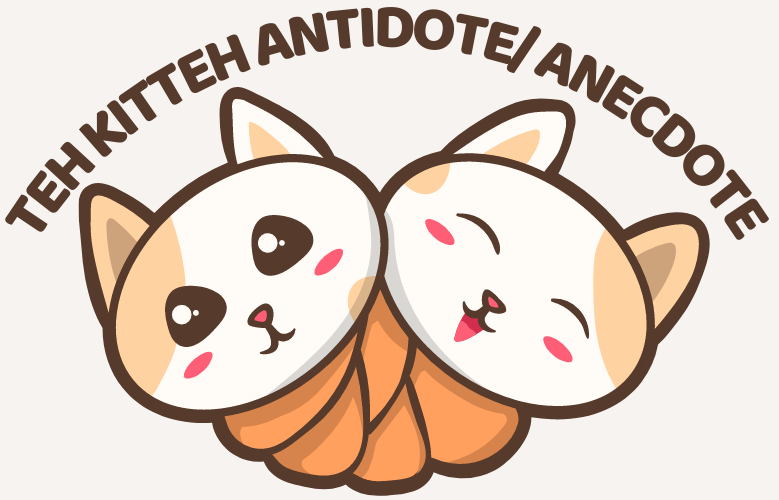Calico cat Essouira wharf
 |
| Calico cat Morocco. Photo by Valley Girl. |
Calico cat Essouira wharf, a photo by valleygirl_tka on Flickr.
I like the photo because the tortoiseshell colours of orange and black fur (in this case diluted black turned to grey) are somewhat reflected in the ground colors and the grey paving slabs. The dilution of the black seems to be more apparent on the flanks than on the top of the back.
"Calico" is an American term for tortoiseshell and white, which is used in the English cat fancy.
The tortoiseshell element is an intermingling of orange and black fur (or in this case dilute black by the presence of the recessive d gene). Sometimes the whole coat can be diluted too. This page shows a nice dilute calico cat.
The O gene (orange) turns the black hair orange. The white fur is created by the white spotting or piebald gene indicated by the symbol S. Where the fur is black it has not been turned orange. The orange colour is due to the orange pigment, "phaeomelanin".
The presence of the white fur causes the orange and black to form clumps of varying size and shape. Any amount of white is acceptable in a calico cat.
 |
| Show shop calico cat - Morocco. Photo: VG. |
Tortoiseshell cats and calico cats are nearly always female because the O gene is sex linked. You can read more about this in this page: Calico Cats.
Apparently one in every 3000 male births are tortoiseshell. Not sure about that. There are four possible genetic reasons for this, which are far too complicated to either understand or write about here!
This cat is in fact a tabby calico cat as you can see the orange banding on the hind legs and the black banding on the tail.
Related Page:
Cat Genetics




Wow! That was very informative!
ReplyDelete